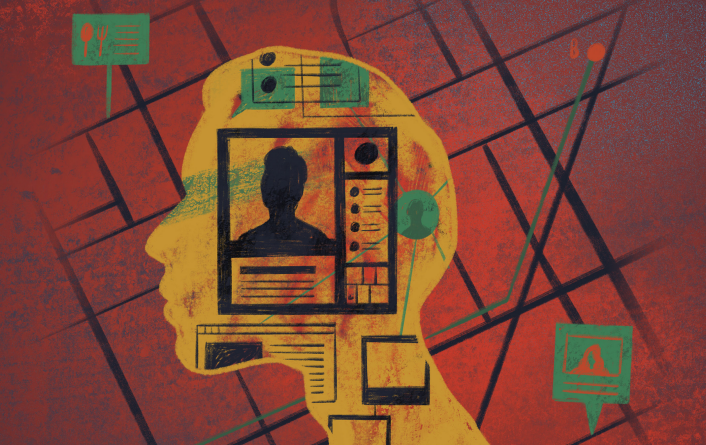
By Miles Kenyon, Citizen Lab
On September 1st, the Citizen Lab and the International Human Rights Program at the University of Toronto’s Faculty of Law released a report [To Surveil and Predict: A Human Rights Analysis of Algorithmic Policing in Canada] that investigated the use and human rights implications of algorithmic policing practices in Canada. This document provides a summary of the research findings and questions and answers from the research team.
We examined two broad categories of algorithmic policing technology: predictive policing technology (including both location-focused and person-focused algorithmic policing), and algorithmic surveillance technology.
Predictive Policing Technologies: Predictive policing technologies draw inferences through the use of mass data processing in the hopes of predicting potential criminal activity before it occurs. Such methods may be location-focused, which attempts to forecast where and when criminal activity may occur, or person-focused, which attempts to predict a given individual’s likelihood of engaging in criminal activity in the future.
We examined two kinds of predictive policing technologies in this report:
- Location-focused algorithmic policing technology purports to identify where and when potential criminal activity might occur, using algorithms programmed to find correlations in historical police data in order to attempt to make predictions about a given set of geographical areas. Examples: VPD GeoDASH, PredPol (USA).
- Person-focused algorithmic policing technology relies on data analysis in order to attempt to identify people who are more likely to be involved in potential criminal activity or to assess an identified person for their purported risk of engaging in criminal activity in the future. Examples: SPPAL (SK), Chicago SSL, Operation LASER (LA).
Algorithmic Surveillance Technologies: Algorithmic surveillance policing technologies do not inherently include any “predictive” element, but instead provide police services with sophisticated generalized surveillance and monitoring functions. These technologies automate the systematic collection and processing of data (such as data collected online or images taken from physical outdoor spaces). Some algorithmic surveillance technologies may process data that is already stored in law enforcement or police files, but in a new way (e.g., repurposing mug-shot databases as a data source for facial recognition technology).
The types of algorithmic surveillance technologies examined in this report include:
- Automated licence plate readers (ALPR) use pattern recognition software embedded in cameras to scan and identify the license plate numbers of parked or moving vehicles. ALPRs enable surveillance by systematically collecting data in bulk, such as the date, time, and geolocation of all scanned vehicles, and the registration information (i.e., drivers’ identities) associated with those vehicles.
- Social media surveillance software mines and analyzes personal information and related data from social media platforms. That data is used to infer or predict behavioural patterns, future activities, future events, or relationships and connections among and between users and other people.
- Facial recognition is a biometric identification technology that uses algorithms to detect specific details about a face, such as the shapes of and distances between certain facial features, then uses a mathematical representation of those details to identify or match the same or similar faces in a facial recognition database. Facial recognition technology may be used on photos, videos, or on people in person, such as mall-goers or attendees at a protest.
- Social network analysis relies on statistics and data visualization purportedly to reveal social connections between people in particular networks, and how they influence each other, such as in the context of alleged gang membership or organized crime.
Republished from Citizen Lab. Read the full article

